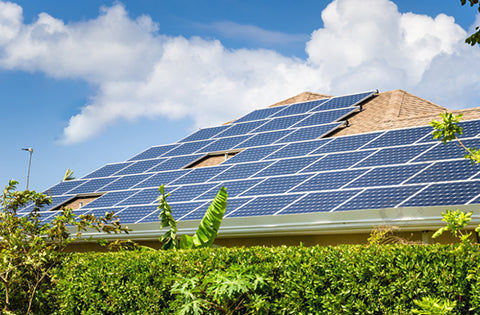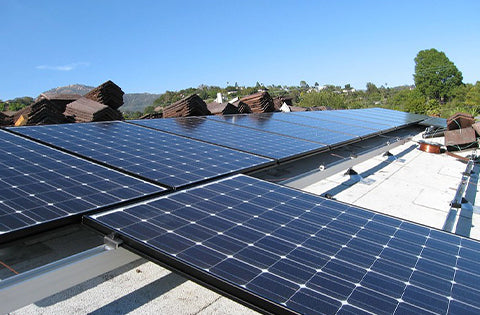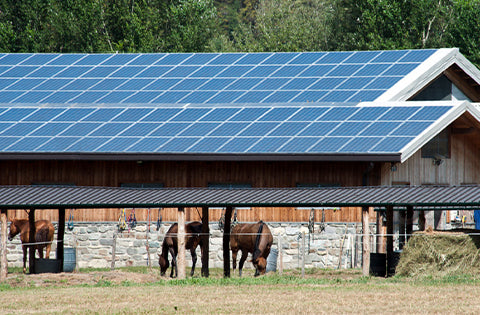Building Integrated Photovoltaic (BIPV) is a new concept of applying solar power generation. In short, solar photovoltaic power generation array is installed on the outer surface of the building envelope to provide power. According to the different ways of combining photovoltaic array and building, BIPV can be divided into two categories: one is the combination of photovoltaic array and building. The other is the integration of photovoltaic arrays and buildings. Such as photoelectric tile roof, photoelectric curtain wall and photoelectric daylighting roof, etc.
In these two ways, the combination of photovoltaic array and building is a common form, especially with the building roof. Because the combination of photovoltaic array and building does not occupy additional ground space, it is the best installation method for photovoltaic power generation system to be widely used in cities, which has attracted much attention. Therefore, it is necessary to learn the advantage and disadvantage about BIPV:
Advantages of BIPV
1: Green energy
The BIPV produces green energy, which is the application of solar power generation and will not pollute the environment. Solar energy is the cleanest and free, and there will be no ecological side effects in the process of development and utilization. It is also a kind of renewable energy, which is inexhaustible.
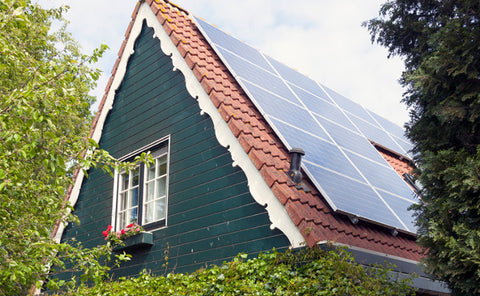
2: No land occupation
Photovoltaic arrays are generally installed on idle roofs or external walls without additional land occupation, which is particularly important for urban buildings with expensive land; Summer is the season of peak power consumption, which is also the period when the sunshine is the largest and the photovoltaic system generates the most power, which can play a role in peak load regulation of the power grid.
3: Save investment
The BIPV technology adopts the grid connected photovoltaic system, which does not need to be equipped with batteries, which saves investment and is not limited by the battery state of charge, and can make full use of the power generated by the photovoltaic system.
4: Play the role of building energy conservation
Photovoltaic array absorbs solar energy and converts it into electric energy, which greatly reduces the outdoor comprehensive temperature, reduces the heat gain of the wall and the cooling load of indoor air conditioning, so it can also play the role of building energy conservation. Therefore, the development of BIPV can "save energy and reduce emissions".
Disadvantages of BIPV
Although BIPV has many advantages, such as high efficiency, economical, environmental friendly, and has been used in Expo venues and demonstration projects, photovoltaic buildings have not yet entered the homes of ordinary people, and residential communities using this technology have not appeared. This is because there are several major problems of BIPV.
1: High cost:
The building cost of BIPV is high. The building with photovoltaic power generation system designed and built in an integrated way costs a lot and needs to be improved in terms of scientific research and technology. The cost of solar power generation is 2.5 yuan per kilowatt hour, twice the cost of conventional power generation of 1 yuan per kilowatt hour. 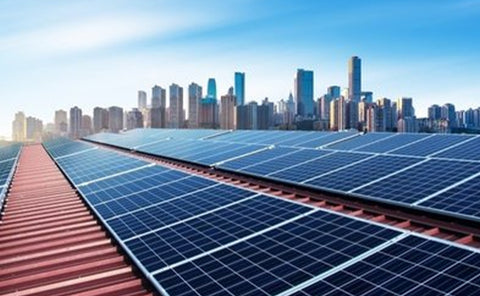
2: Instability
Solar photovoltaic power generation is unstable, which is greatly affected by the weather and has volatility. This is because the sun does not exist 24 hours a day, so how to solve the volatility of solar photovoltaic power generation and how to store electricity is also an urgent problem to be solved.
To learn more about Building Integrated Photovoltaic, please follow SOLARPARTS official website:
Twitter: Solarparts Instagram: Solarparts
Tumblr: Solarparts Pinterest: Solarparts
Facebook: Shenzhen Solarparts Inc
Email address: Philip@isolarparts.com
Homepage: www.isolarparts.com
